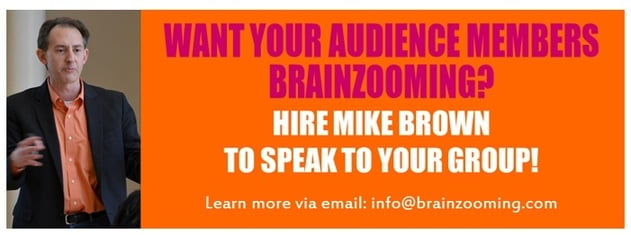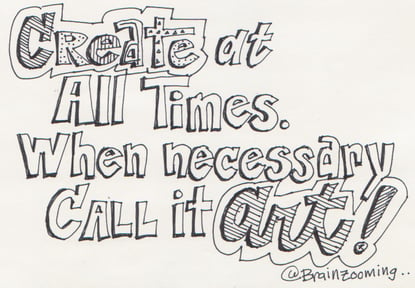So, CAN analogies change the world?
That's the bold claim conveyed in the headline of a Wall Street Journal article pulled from the book, "Shortcut: How Analogies Reveal Connections, Spark Innovation, and Sell Our Greatest Ideas." The book is by Jon Pollack, a former Bill Clinton speechwriter (affiliate link).
Given we've tried to spend more time on how to generate analogies as part of strategic thinking exercises, this may be one of those books I will kick myself for not writing!
In any event, the Wall Street Journal article highlights four 'rules" for gaining the greatest values from analogies. All of them include sound advice and intriguing examples. They are all worthwhile to include within your repertoire of strategic thinking exercises.
Four Rules for Discovering Analogies
Here are Pollacks four rules for discovering analogies, in my own words:
1. Challenge all the typical analogies
The analogies you always hear may have some value because they have stood the test of time. Even so, it's smart to
Pollack's Example: The Wright Brothers saw an analogy between flying machines and bicycles because of their instability and the dynamics of balance.
2. Don't settle for identifying just one analogy
When it comes to analogies, the same principle holds as with ideas: the more the better since you have the ability to try many of them and determine which are most effective.
Pollack's Example: Darwin employed two fundamentals to hypothesize about evolution: water eroding grains of sand and agricultural breeding were applied to his views of gradual change. (affiliate link)
3. Include a wide range of sources for your analogies
You won't open a book and find all the ready-made analogies you'll need to solve your problem or explore new ideas. Be prepared to take pieces from multiple, unusual sources and apply them in new ways.
Pollack's Example: Bill Klann, a Ford mechanic, is credited with the original inspiration for the assembly line. The key analogy came from disassembling carcasses on a line at a meatpacking plant. He reversed it to apply assembling cars.
4. Make things as simple as possible
The strategic thinking trick is to combine multiple analogies without so over-burdening them that complexity takes over and they lose value. In this case, more shouldn't just be less. It should also be elegantly simple.
Pollack's Example: Steve Jobs (of course there has to be a Steve Jobs example) applied the Xerox idea of a digital desktop to a simple interface that could open access to computing for large audiences.
Strategic Thinking Exercises to Explore Analogies
Here is a sampling of previous Brainzooming strategic thinking exercises on finding and using analogies:
- Strategic Thinking Exercises – Finding Your Brand’s Strategic Analogs
- Strategic Thinking Exercises: 5 Benefits of Using a Strategic Model
- New, Innovative Ideas – Strategy Planning with What’s It Like
- Creative Thinking – 12 Triggers for Finding Strategic Connections
- Creative Thinking Skills – Comparing Apples and Oranges 7 Ways
- Strategic Connections – 3 Tips for Identifying More Opportunities





